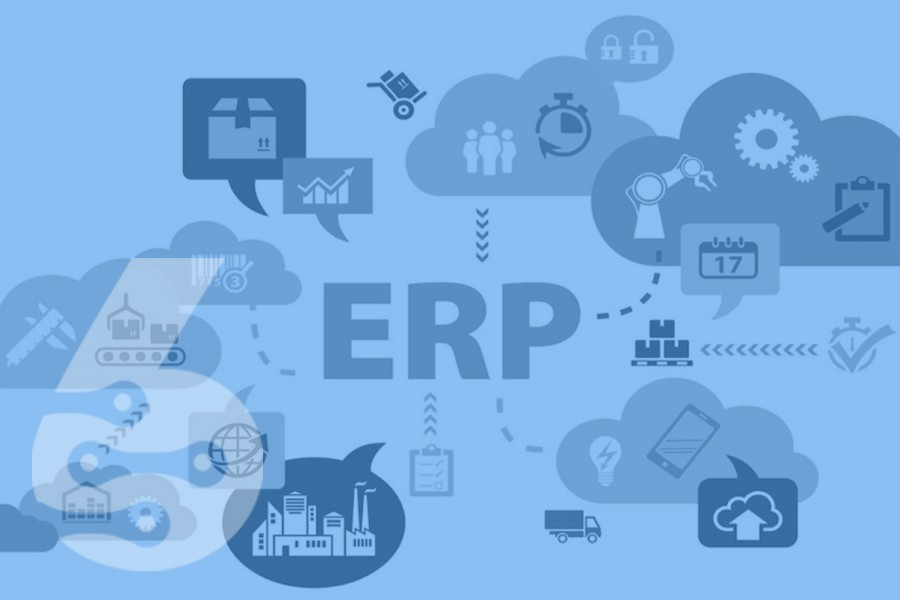In classical software, an upgrade replaces your current software with a newer, improved version. This can be done to improve performance, add new features, or fix bugs and security vulnerabilities. Upgrades are usually performed by downloading and installing new software over the existing installation. Sometimes, you may need to uninstall the old software before installing the latest version. After upgrading, it is important to check that all your data and settings have been transferred correctly. If not, you may need to perform a manual migration.
In SaaS or Internet-based software, upgrades do not require any action by the software user and usually are performed outside of peak hours.

Related Blog Articles

11 benefits of using ERP systems for SME companies
ERP software can be a great help to businesses of all sizes. ERP can support your company in many ways, from improving inventory management and order fulfillment processes to providing a single source of truth for all business data. Here are eleven of them!Small and medium-sized enterprises (SMEs) are the backbone of many economies. In the United States, Small and medium size businesses account for more than half of all...
What is Enterprise Resource Planning (ERP)?
If you're an entrepreneur, then you know that managing a company can be difficult. You may be using some software to help manage parts of your company or sales, but you will likely reach the boundaries of the manageability of data shortly after starting your business. It would help if you had a comprehensive ERP solution to get a handle on things. ERP solutions help you better manage every aspect of...
ERP Integrations - To Do or Not To Do?
This blog post will explore when you should and shouldn't execute an ERP integration.ERP integrations can offer a lot of potential benefits for companies. They can provide a way to better fit the software to the company's specific processes and needs and improve data flow between systems. However, before considering an integration, it's essential to get educated on existing software functionality and explore ways to change your procedures to match...Related SIX ERP Features:
Want to see SIX for yourself?
Need help, have questions or want to get a free demo?
Please read our Privacy Policy on how we process personal data. We will never share your data!



